Fertilizers for strawberries equal a good harvest!
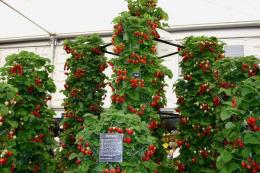
Strawberries can be safely ranked among the healthiest berries. The range of its properties is quite wide, and it also has a refined and delicate taste. In terms of iron content, strawberries are more than four times higher than apples, pineapple and grapes. This berry also surpasses raspberries and grapes in terms of the amount of folic acid. Five small strawberries contain vitamin C as much as a large orange. Strawberries are second only to black currants in terms of vitamin C. If we go into the details of botany, then the full name of this berry is garden strawberry. This is a perennial herbaceous plant. Strawberries are a high-yielding crop. On one plot of land it can be grown for 4-5 years.
Content:
Choosing soil for strawberries
The choice of soil for planting strawberries is not a particularly important point, since it grows successfully almost everywhere, with the exception of dry sands and wetlands. But a good harvest strawberries produces on light, breathable, sufficiently nutritious and moist soils. It is important to remember that whatever the soil, it should be watered abundantly. After all, the roots of strawberries do not go deep, and this berry will react to a lack of moisture with a poor harvest or even death. But excessive watering and stagnation of water are destructive. Groundwater should be at an approximate distance of 70 - 80 cm from the surface of the earth.
The site itself should not be low, otherwise during rains the water will stagnate and the roots will begin to rot.
The best choice for planting strawberries would be a specially designated place, with some possible shading at midday and, as mentioned, without low areas and depressions. But if the situation does not allow you to allocate a separate area for berries, then you can successfully keep them between the rows of a small garden.
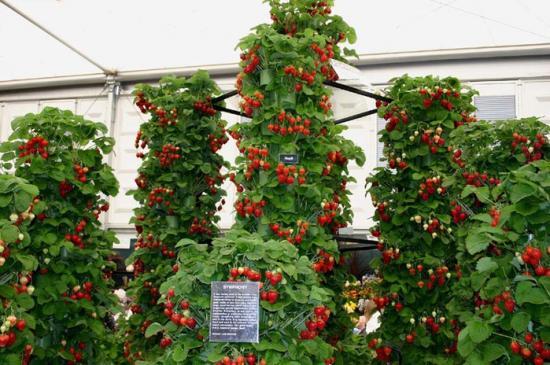
To obtain high yields, special attention must be paid to pre-planting preparation of the soil and site. The soil should be dug deeply, the area should be cleared of possible pests (wireworms and beetleworm larvae are the main enemies of strawberries), as well as weeding the soil and removing weeds from it. The digging depth is selected depending on the type of soil: 28–30 cm on chernozems and podzolized soils, 20–22 cm on soddy-podzolic soils.
The deeper the digging, the better the conditions for strawberry germination.
The root system will be able to develop without difficulty and absorb more nutrients and elements, which will have a good effect on the quality of the crop and the stability of the plants. If planting is done in spring, then the soil is dug up in the fall, and if planting is in autumn, then 15–20 days before. When digging, organically added to the soil. fertilizers, such as peat, compost, manure, in the amount of 3-4 quintals per one hundredth of a hectare.
Strawberry fertilizer
It will be very useful to apply mineral fertilizers. The calculation is made per one hundredth of a hectare depending on the type of soil: 3-4 kg of superphosphate, 1.5-2 kg of ammonium nitrate, 1.5 kg of potassium salt - for sod-podzolic soils, 2-3 kg of superphosphate, 1 kg of ammonium nitrate saltpeter, 1 kg of potassium salt - for chernozems and podzolized soils.If fertilizers are produced simultaneously with mineral and organic substances, then all norms are halved. Excessive fertilization can harm the quality of the crop, since strawberries, absorbing excess fertilizer, will grow vigorously, and fruiting will deteriorate. If the selected area for planting strawberries is fertile, then you should not add fertilizer.
How to fertilize garden strawberries
Fertilizers are precisely the factor that will help ensure high fertility of strawberries, as well as good plant growth. Composts, humus, ash, bird droppings, and various minerals are chosen as fertilizers.
Based on the long-term practice of gardeners, we can say that if strawberries were fertilized before planting, then this is quite enough for the first two years and there is no need to fertilize the plants during this period.
When the condition of the plants is quite good and the bushes look strong, and also when the soil is sufficiently fertile, fertilizers begin to be applied in the second or third year after planting. Fertilizers should be distributed evenly between the rows and under the bushes, then sprinkled with a little soil. Autumn fertilizers give the best results. If the land was not fertilized in the fall, then this process can be transferred to early spring by adding fertilizer under the frozen soil.
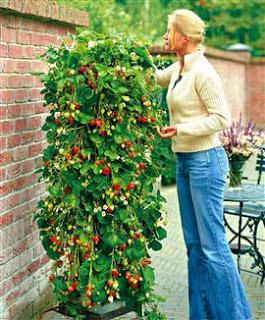
If the land has not been fertilized during the year, then fertilize with manure solution or bird droppings. This fertilizing is done before strawberries bloom and before the berries ripen. Slurry is diluted with water one to three. The resulting solution is poured into the grooves between the bushes. For one hundredth of a hectare, 3-4 buckets of undiluted slurry are applied, and 5-7 kg of bird droppings.Mineral fertilizers are applied in quantities: phosphorus - 1 kg, nitrogen - 0.5 kg, potassium - 0.4 kg. After fertilizing, the grooves are watered with water at the rate of 2-3 buckets per linear meter and filled up. It is worth refusing to feed in hot, dry weather; it will not benefit the plants and may burn them.

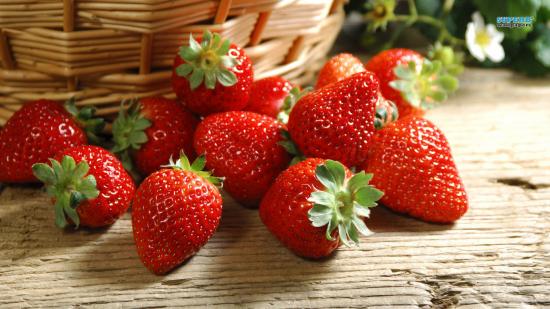
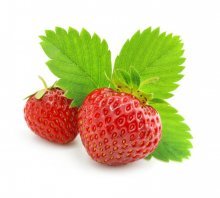


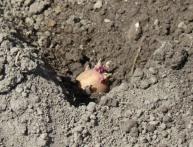

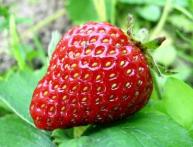
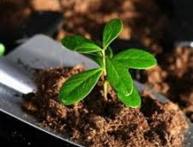
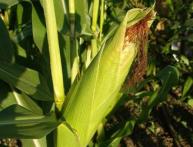
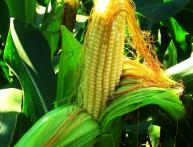
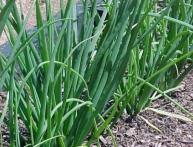

Comments
In August, we dig up the area where the strawberries grew, fertilize it with a solution of manure and leave it to rest for a couple of days. After forming the beds, sprinkle the row spacing with ash. Strawberries always produce well, except during rainy seasons and cold weather.
Strawberries, they say, need to be renewed quite often so that they are healthy, strong and bear fruit well. No matter how you feed old bushes, they will be of little use.